In the fast-paced world of software development, speed and reliability are crucial for staying competitive. Continuous Integration (CI) and Continuous Deployment (CD) platforms offer powerful solutions to automate development, testing, and deployment processes. These methodologies not only accelerate the software lifecycle but also enhance the quality of the final product. In this article, we’ll explore how CI/CD can revolutionize software development, its benefits, and how to implement it effectively.
What is Continuous Integration (CI)?
Continuous Integration is a software development practice where developers frequently integrate their work into a shared code repository, typically multiple times a day. Each integration is verified through automated builds and tests, allowing errors to be detected and corrected quickly. This methodology ensures that the software is always in a deployable state.
What is Continuous Deployment (CD)?
Continuous Deployment is the natural extension of CI, where every change that passes the integration tests is automatically deployed to production. This practice eliminates the need for manual releases, ensuring that the updated software is always available to end-users. Continuous Deployment guarantees a continuous release cycle, reducing feedback times and increasing responsiveness to market needs.
Benefits of Implementing CI/CD
1. Accelerating the Development Cycle
CI/CD platforms automate the build, test, and deployment processes, significantly reducing the time required to release new features and bug fixes. This speeds up the development cycle and allows companies to respond more quickly to market demands.
2. Improving Software Quality
Continuous integration and automated testing ensure that errors are identified and fixed promptly. This leads to more stable and high-quality software, reducing the risk of issues in production.
3. Enhancing Collaboration and Transparency
CI/CD platforms promote a culture of collaboration between development, testing, and operations teams. All team members can see the current project status, test results, and builds, improving communication and transparency.
4. Reducing Risks
Continuous deployment allows for the release of small incremental changes, reducing the risk associated with large releases. This approach facilitates quick rollbacks in case of issues, minimizing the impact on end-users.
5. Automation and Efficiency
Automating the build, test, and deployment processes frees teams from manual and repetitive tasks, allowing them to focus on higher-value activities. This increases overall efficiency and reduces human errors.
How to Implement CI/CD
1. Choosing the Right Tools
There are various CI/CD platforms, such as Jenkins, GitLab CI/CD, Travis CI, CircleCI, and Azure DevOps. The choice of tools depends on the specific needs of the project and the team’s expertise.
2. Configuring the CI/CD Pipeline
A well-designed CI/CD pipeline includes build, test, and deployment stages. Each stage should be automated and configured to perform the necessary tasks efficiently. It’s important to clearly define success criteria and actions to take in case of failure.
3. Implementing Automated Tests
Automated tests are essential to ensure software quality. It’s crucial to cover as many scenarios as possible, including unit tests, integration tests, and functional tests. Tests should run automatically with each integration to immediately detect any regressions.
4. Monitoring and Optimizing
Continuously monitoring the CI/CD pipelines is crucial to identify bottlenecks and improve efficiency. Analyzing build and test data helps optimize performance and reduce cycle times.
5. Adopting a DevOps Culture
Implementing CI/CD requires a cultural shift within the organization. It’s important to promote a DevOps mindset, where development, testing, and operations work closely together to achieve common goals.
Adopting CI/CD platforms is a fundamental step for companies that want to accelerate their software development cycles, improve product quality, and reduce risks. Implementing these methodologies requires investments in tools, training, and organizational culture, but the benefits far outweigh the costs. In an ever-evolving market, the ability to release software quickly, reliably, and securely is an essential competitive advantage.
Through automation and process optimization, CI/CD enables companies to innovate faster and respond effectively to customer needs, ensuring sustainable growth and long-term success.







